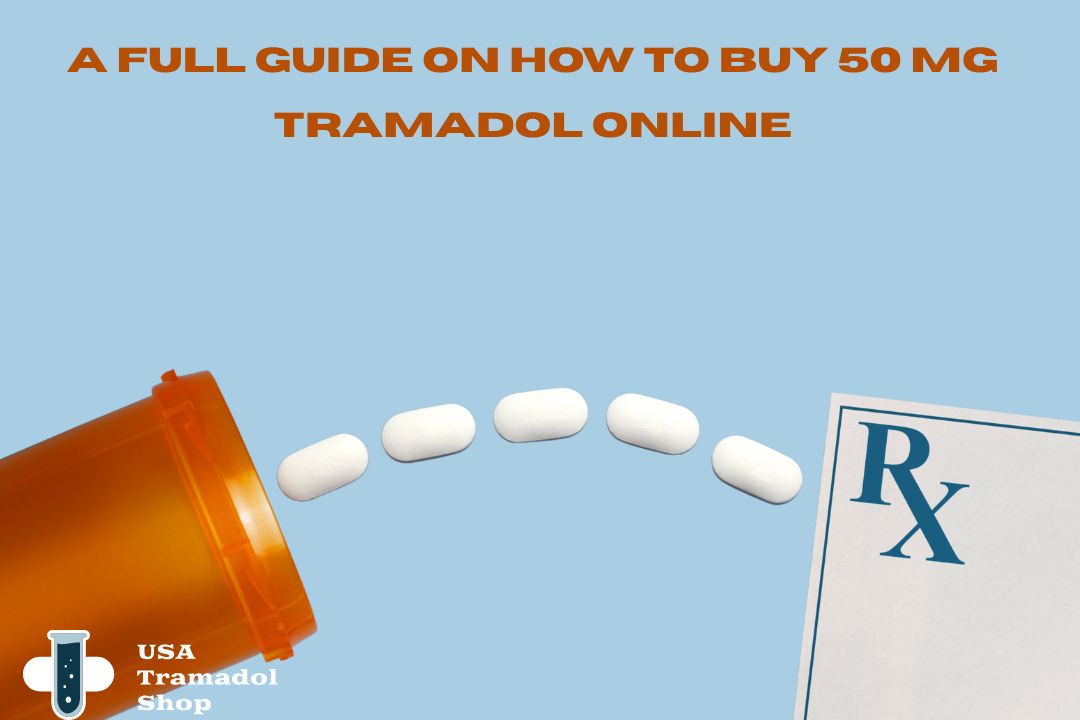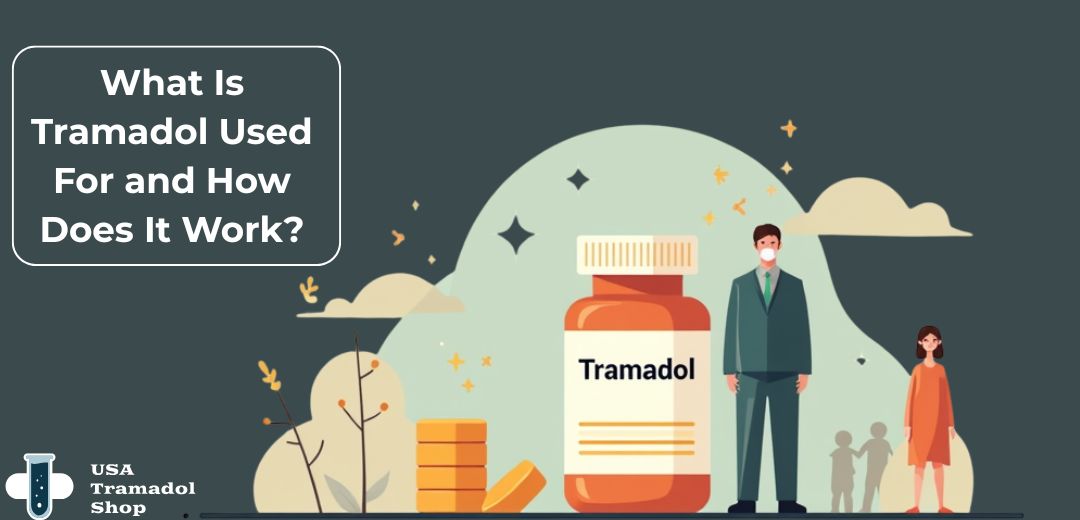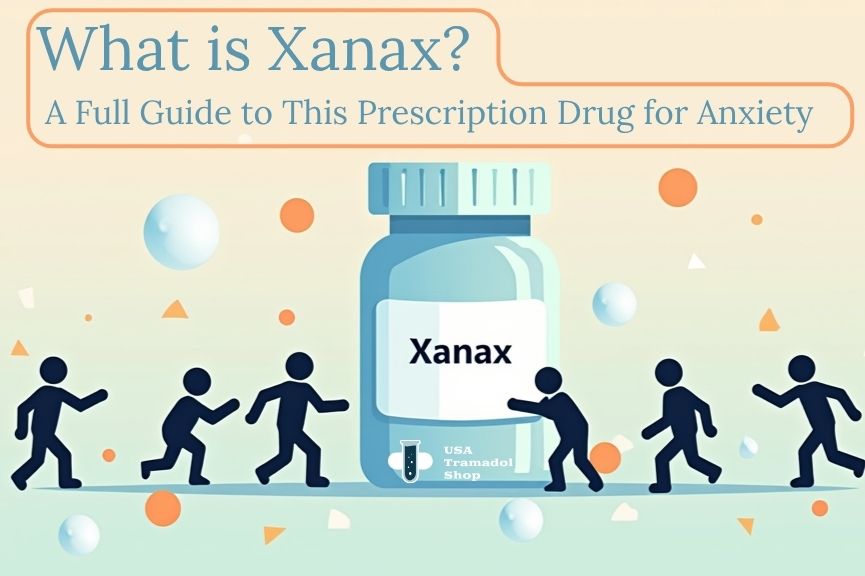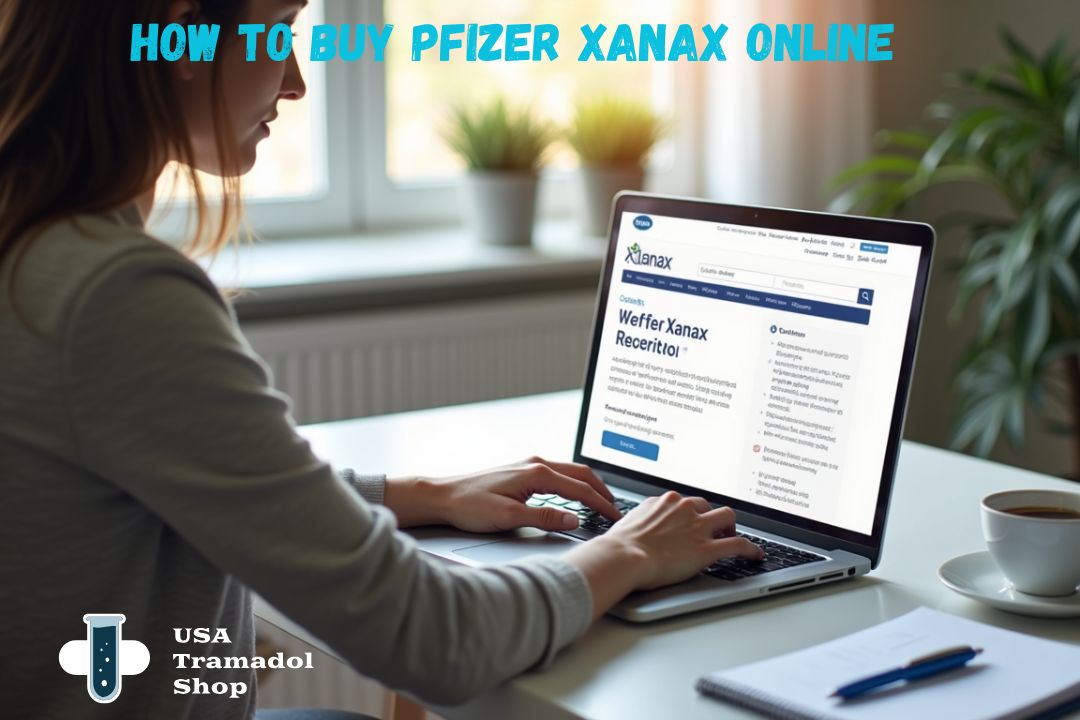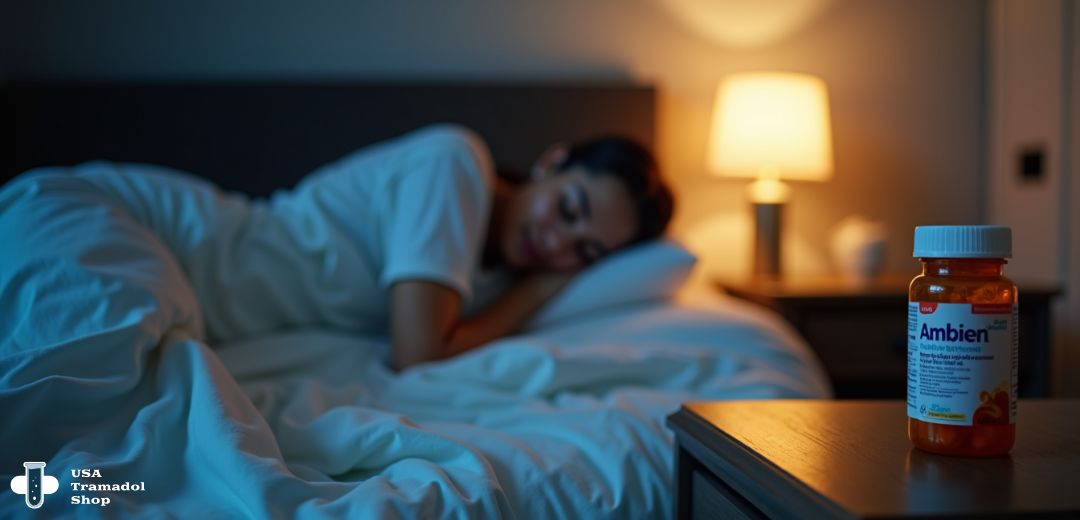What is Xanax? A Full Guide to This Prescription Drug for Anxiety

Dr. Json Patel, MD
Introduction
Millions of people worldwide suffer from anxiety disorders. For immediate relief from anxiety or panic attacks, Xanax is often prescribed. What is Xanax, though, and how does it treat anxiety? What is Xanax, its medical uses, mechanism of action, side effects, risks, and comparison to other anxiety treatments? Understanding what is Xanax and how it works is essential for making informed anxiety management decisions, whether you are considering it for yourself or a loved one.
What Is Xanax? An Overview
Xanax is the brand name for alprazolam, a benzodiazepine. Most commonly used to treat anxiety and panic disorder, it relieves acute symptoms quickly. But what is Xanax chemically and pharmacologically, and why is it prescribed so frequently for anxiety?
Key Facts About Xanax
- Generic Name: Alprazolam
- Drug Class: Benzodiazepine
- Primary Uses: Generalized anxiety disorder (GAD), panic disorder (with or without agoraphobia)
- Form: Oral tablets (immediate and extended-release)
- Controlled Substance: Schedule IV (potential for abuse and dependence)
How Does Xanax Work for Anxiety?
The Science Behind Xanax
The action of Xanax in the brain is crucial to understanding what is Xanax and how it functions. Xanax (alprazolam) makes gamma-aminobutyric acid (GABA ) work better. GABA is a neurotransmitter that slows down activity in the brain and spinal cord. By attaching to a certain part of the GABA-A receptor, Xanax boosts GABA’s calming effects. This lowers anxiety, relaxes muscles, and makes you sleepy.

Mechanism of Action
- Binding: This is where Xanax binds to the GABA-A receptor: the benzodiazepine site.
- Effect: This makes chloride channels open more often, which makes neurons more charged and less likely to fire.
- Result: Overall, it slows down brain activity, which helps people who are anxious or panicked feel better.
Onset and Duration
- Onset: Xanax is quickly absorbed, and most people feel its effects within one to two hours of taking it by mouth.
- Duration: Because they last for several hours , they’re good for short-term anxiety attacks.
Medical Uses of Xanax
Approved Indications
What is Xanax? Knowing its approved medical uses is also important.
- Generalized Anxiety Disorder (GAD): Adults with GAD can take Xanax to treat their symptoms right away.
- Panic Disorder: It is also approved to help people with panic disorder, whether they also have agoraphobia.
Off-Label Uses
Even though these uses aren’t approved by the FDA, Xanax is sometimes used for them anyway:
- Short-term management of severe insomnia
- Acute agitation
- Certain phobias
Typical Dosages and Administration
- GAD: 0.25 mg to 0.5 mg three times a day at first. The dose can be changed based on how the body reacts.
- Panic Disorder: taking 0.5 mg three times a day, and slowly increasing the dose as needed.
- Maximum Dosage: Most patients shouldn’t take more than 4 mg per day.
Important: To keep side effects and the risk of becoming dependent to a minimum, dose increases should be made slowly, every three to four days.
Key Points About Xanax
| Feature | Details |
| Drug Class | Benzodiazepine |
| Primary Uses | Generalized Anxiety Disorder, Panic Disorder |
| Typical Dosage | 0.25–0.5 mg 3x/day (GAD); 0.5 mg 3x/day (Panic Disorder) |
| Onset of Action | 1–2 hours |
| Duration | Several hours (short-acting) |
| Common Side Effects | Drowsiness, dizziness, fatigue, memory problems, dry mouth |
| Serious Risks | Dependency, withdrawal, respiratory depression, seizures, overdose |
| Contraindications | Allergy to benzodiazepines, severe respiratory/liver disease, pregnancy |
| Controlled Substance | Schedule IV (potential for abuse) |
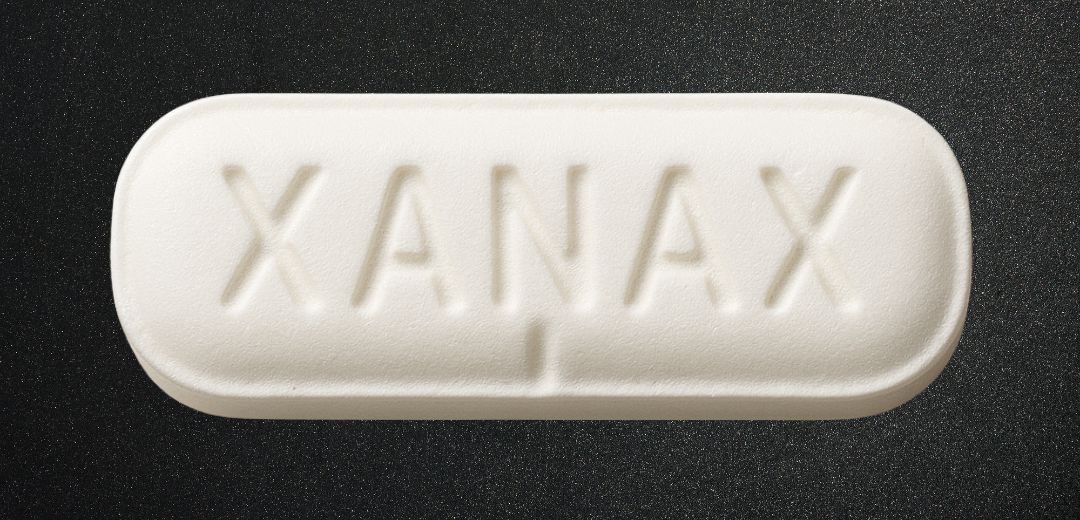
Side Effects, Contraindications, and Warnings
Common Side Effects
Before you can answer the question “what is Xanax?” you need to know about its side effects:
- Drowsiness and fatigue
- Dizziness or lightheadedness
- Dry mouth
- Constipation
- Changes in appetite or weight
- Memory problems
- Difficulty concentrating
- Changes in sex drive
Serious Side Effects
- Weak or shallow breathing
- Seizures
- Hallucinations
- Risk-taking behavior
- Severe allergic reactions (swelling, rash)
- Liver problems (jaundice)
- Risk of misuse and addiction
Contraindications
- Being allergic to benzodiazepines
- When taking some antifungal drugs (like ketoconazole),
- Very bad lung or liver disease
- A history of drug abuse
- Risk of harm to the fetus or newborn during pregnancy and breastfeeding
- Not okay for people younger than 18 years old
Warnings
Risks: Dependency, Withdrawal, and Long-Term Effects
Dependency
People know that Xanax can make people physically and mentally dependent on it. When used for a long time, the brain can become dependent on the drug in order to work normally.
Withdrawal
Withdrawing from Xanax can be very bad and even kill you. Some symptoms could be:
- Anxiety and agitation
- Insomnia
- Nausea and vomiting
- Hallucinations
- Seizures
Long-term withdrawal can last for months or even years, and it can cause mental health problems like anxiety, depression, and trouble focusing.
Long-Term Effects
- Cognitive Impairment: Problems with memory and focus
- Tolerance: Having to take more to get the same effect
- Potential for Abuse: Especially in people who have used drugs before
- Psychological Effects: Depression and more anxiety if stopped quickly
Best Practice: To lower the risks of withdrawal, you should always slowly stop taking Xanax under medical supervision.
How Does Xanax Compare to Other Anxiety Medications?
If you want to know what Xanax is, it can help to look at how it differs from other common anxiety medicines.
Benzodiazepines
- Xanax (Alprazolam): Fast start-up, short duration, and a high risk of dependence
- Lorazepam (Ativan): Slower onset, longer duration, and the same risks
Non-Benzodiazepine Options
- Buspirone: Not sedative, lower risk of becoming dependent, and slower onset
- SSRIs/SNRIs: First-choice for long-term anxiety; less likely to be abused; takes weeks to work.
- Propranolol: Beta-blockers help with physical symptoms but don’t become habits.
- Hydroxyzine: Antihistamines are short-term drugs with a low risk of addiction.
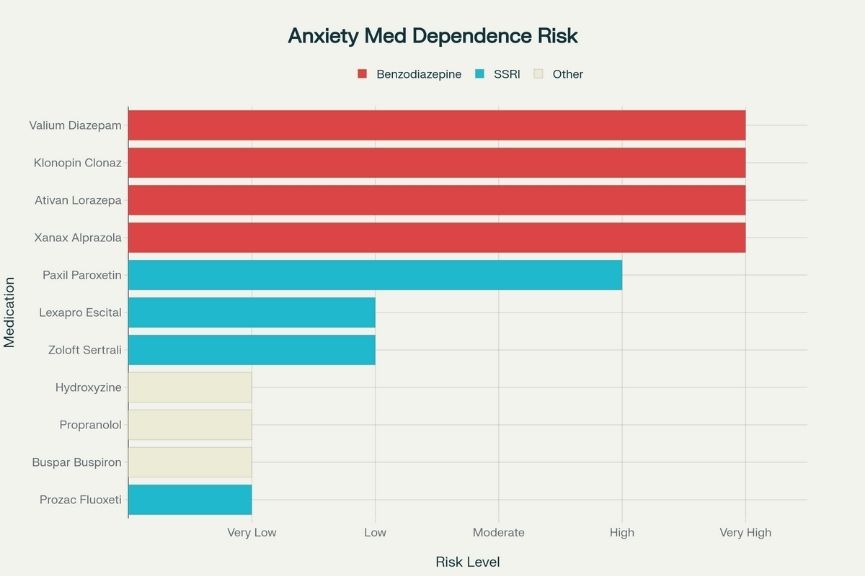
Efficacy
- While benzodiazepines like Xanax can help in the short term, they are not better for long-term management than other benzodiazepines or antidepressants.
- Because they are less likely to cause dependence, SSRIs and SNRIs are better for treating long-term anxiety.
- Cognitive-behavioral therapy (CBT) works just as well and doesn’t have any risks related to medication.
Dosage and Administration Guidelines
Starting Dosage
- GAD: 0.25–0.5 mg three times daily
- Panic Disorder: 0.5 mg three times daily
Titration
- As needed and as tolerated, raise the dose by no more than 1 mg every three to four days.
Maximum Dosage
- Should not exceed 4 mg per day for most patients.
Administration Tips
- Take exactly as prescribed.
- Do not change the dose without first talking to your doctor or nurse.
- If you are taking Xanax, don’t drink alcohol or take other drugs that slow down your central nervous system.
Effects of Xanax Over Time
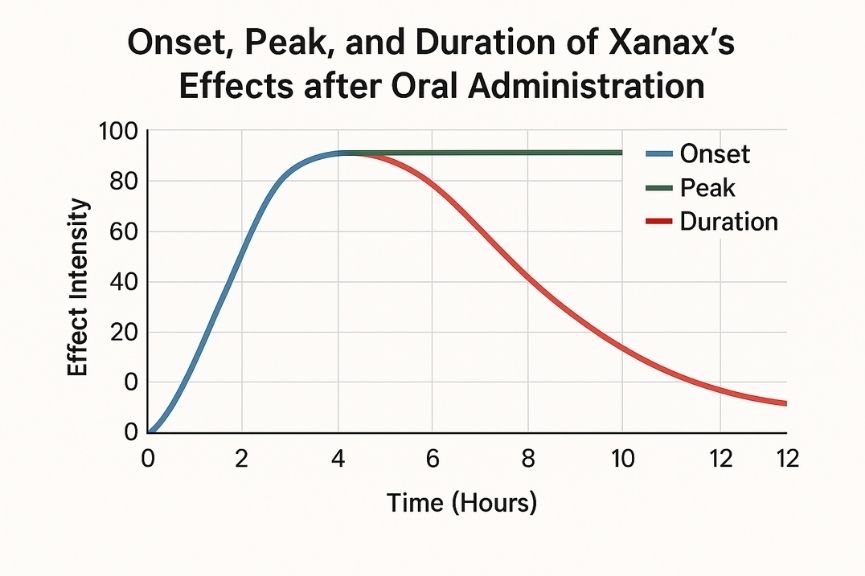
Conclusion
Understanding what is Xanax and how it works for anxiety is essential for anyone considering this medication. Xanax (alprazolam) is a fast-acting benzodiazepine that provides rapid relief from anxiety and panic symptoms by enhancing the calming effects of GABA in the brain. However, its benefits come with significant risks, including dependency, withdrawal, and cognitive impairment, especially with long-term use. While Xanax can be highly effective for short-term or acute anxiety, it is not recommended for chronic management due to its potential for abuse and serious side effects.
Safer alternatives, such as SSRIs, SNRIs, and non-pharmacological therapies like cognitive-behavioral therapy, are often preferred for long-term anxiety treatment. If you or a loved one is considering Xanax, consult a healthcare provider to discuss the risks, benefits, and alternative options. Always use Xanax exactly as prescribed and never stop abruptly without medical guidance.
By understanding what is Xanax, its uses, risks, and alternatives, you can make informed decisions about managing anxiety and improving your overall mental health.
FAQs
Sources
7 sources- Alprazolam is a triazolobenzodiazepine,[8] that is, a benzodiazepine with a triazolo-ring attached to its structure. Benzodiazepines produce a variety of effects by modulating the GABAA subtype of the GABA receptor,Source link
- Alprazolam is rapidly absorbed after oral administration with a peak plasma concentration at 1 to 2 hours. The bioavailability of oral alprazolam averages 80 to 100%.Source link
- This label may not be the latest approved by FDA. For current labeling information,Source link
- The recommended starting oral dosage of XANAX for the acute treatment of patients with GAD is 0.25 mg to 0.5 mg administered three times daily.Source link
- Never share this medicine with another person, especially someone with a history of drug abuse or addiction. MISUSE CAN CAUSE ADDICTION, OVERDOSE, OR DEATH.Source link
- Xanax can slow or stop your breathing, especially if you have recently used an opioid medication or alcohol.Source link
- (SNRIs), and benzodiazepines (BZs) are the most commonly prescribed medications for GAD, but little is known about the relative efficacy of these pharmacological treatments.Source link


